PyTorch Books
Deep Learning with PyTorch will make that journey engaging and fun.
PyTorch is another deep learning library that's is actually a fork of Chainer(Deep learning library completely on python) with the capabilities of torch.
PyTorch enables fast, flexible experimentation and efficient production through a user-friendly front-end, distributed training, and ecosystem of tools and libraries.
Here you will get best PyTorch Books for you.read more You will find the best books review on this article.
1.Programming PyTorch for Deep Learning: Creating and Deploying Deep Learning Applications
Take the next steps toward mastering deep learning, the machine learning method that’s transforming the world around us by the second. In this practical book, you’ll get up to speed on key ideas using Facebook’s open source PyTorch framework and gain the latest skills you need to create your very own neural networks.
Ian Pointer shows you how to set up PyTorch on a cloud-based environment, then walks you through the creation of neural architectures that facilitate operations on images, sound, text,and more through deep dives into each element. He also covers the critical concepts of applying transfer learning to images, debugging models, and PyTorch in production.
I recommend this book for the absolute beginner. However the book requires basic Python programming knowledge, although any experience you have with machine learning, linear algebra and calculus will be helpful with gaining a deeper understanding of the material.
Build your Own Neural Network today. Through easy-to-follow instruction and examples, you’ll learn the fundamentals of Deep learning and build your very own Neural Network in Python using TensorFlow, Keras, PyTorch, and Theano. While you have the option of spending thousands of dollars on big and boring textbooks, we recommend getting the same pieces of information for a fraction of the cost.
Every other day we hear about new ways to put deep learning to good use: improved medical imaging, accurate credit card fraud detection, long range weather forecasting, and more. PyTorch puts these superpowers in your hands, providing a comfortable Python experience that gets you started quickly and then grows with you as you, and your deep learning skills, become more sophisticated.
Deep Learning with PyTorch teaches you how to implement deep learning algorithms with Python and PyTorch. This book takes you into a fascinating case study: building an algorithm capable of detecting malignant lung tumors using CT scans. As the authors guide you through this real example, you'll discover just how effective and fun PyTorch can be.
4.Natural Language Processing with PyTorch
Build Intelligent Language Applications Using Deep Learning 1st Edition
This book teaches NLP basics from the ground up along with a strong design pattern coded in python/pytorch. It teaches it seamlessly by starting from a simple example and continuing with other more advanced examples that keep using the same design pattern over and over again. For me, this is the best way to learn and remember. It has given me a foundation on how to sit down and code my own solution in an organized fashion using proper python object oriented practices.
This book aims to bring newcomers to natural language processing (NLP) and deep learning to a tasting table covering important topics in both areas. Both of these subject areas are growing exponentially. As it introduces both deep learning and NLP with an emphasis on implementation, this book occupies an important middle ground. While writing the book, we had to make difficult, and sometimes uncomfortable, choices on what material to leave out. For a beginner reader, we hope the book will provide a strong foundation in the basics and a glimpse of what is possible. Machine learning, and deep learning in particular, is an experiential discipline, as opposed to an intellectual science. The generous end-to-end code examples in each chapter invite you to partake in that experience.
5.Applied Deep Learning with PyTorch
This book is a great book and very well written. Know I could find ways to detect a variety of data problems. The knowledge of phython and machine learning is interesting.
Applied Deep Learning with PyTorch takes your understanding of deep learning, its algorithms, and its applications to a higher level. The book begins by helping you browse through the basics of deep learning and PyTorch. Once you are well versed with the PyTorch syntax and capable of building a single-layer neural network, you will gradually learn to tackle more complex data problems by configuring and training a convolutional neural network (CNN) to perform image classification. As you progress through the chapters, you'll discover how you can solve an NLP problem by implementing a recurrent neural network (RNN).
A practical approach to building neural network models using PyTorch Paperback – February 23, 2018 by Vishnu Subramanian
If you want in-depth learning on PyTorch, look no further. The author succeeded in presenting practical knowledge on PyTorch that the reader can easily put to use.
7.Pytorch Deep Learning by Example (2nd Edition)
Grasp deep Learning from scratch like AlphaGo Zero within 40 days
by Benjamin Young
Pytoch is a quite powerful, flexible and yet popular deep learning framework, but the learning curve could be steep if you do not have much deep learning background. This book will easy the pain and help you learn and grasp latest pytorch deep learning technology from ground zero with many interesting real world examples. It covers many state-of-art deep learning technologies, e.g. : Convoluational neural network (CNN), Recurrent neural network (RNN), Seq2Seq model, word emedding, Connectionist temporal calssification (CTC ) , Auto-encoder, Dynamic Memrory Network (DMN), Deep-Q-learning(DQN/DDQN), Monte Carlo Tree search (MCTS), Alphago/Alphazero etc. This book could also be used as a quick guide on how to use and understand deep learning in the real life.
8.Hands-On Reinforcement Learning with PyTorch 1.0
Explore advanced deep learning techniques to build self-learning systems using PyTorch 1.0 Paperback – February 11, 2020 by Armando Fandango
The book starts by introducing you to major concepts that will help you to understand how reinforcement learning algorithms work. You will then explore a variety of topics that focus on the most important and practical details of the reinforcement learning domain. The book will also boost your knowledge of the different reinforcement learning methods and their algorithms. As you progress, you'll cover concepts such as the Multi-Armed Bandit problem, Markov Decision Processes (MDPs), and Q-learning, which will further hone your skills in developing self-learning agents. The goal of this book is to help you understand why and how each RL algorithm plays an important role in building these agents. Hands-On Reinforcement Learning with PyTorch 1.0 will also give you insights on implementing PyTorch functionalities and services to cover a range of RL tasks. Following this, you'll explore how deep RL can be used in different segments of enterprise applications such as NLP, time series, and computer vision. As you wrap up the final chapters, you'll cover a segment on evaluating algorithms by using environments from the popular OpenAI Gym toolkit.
9.PyTorch Deep Learning Hands-On
Build CNNs, RNNs, GANs, reinforcement learning, and more, quickly and easily Paperback – April 30, 2019 by Sherin Thomas, Sudhanshu Passi
PyTorch Deep Learning Hands-On shows how to implement the major deep learning architectures in PyTorch. It covers neural networks, computer vision, CNNs, natural language processing (RNN), GANs, and reinforcement learning. You will also build deep learning workflows with the PyTorch framework, migrate models built in Python to highly efficient TorchScript, and deploy to production using the most sophisticated available tools.
This is one of the books I wish I had when I got started in machine learning. Of course, I wish the current version of PyTorch was around then too. It will definitely get you started correctly if you're a beginner, will be a great refresher if you are an expert and will widen your knowledge of machine learning techniques if your knowledge only includes a few of the modern methods of extracting answers from data.
10.Deep Learning with PyTorch Quick Start Guide
Learn to train and deploy neural network models in Python Paperback – December 24, 2018 by David Julian
This book will introduce you to the PyTorch deep learning library and teach you how to train deep learning models without any hassle. We will set up the deep learning environment using PyTorch, and then train and deploy different types of deep learning models, such as CNN, RNN, and autoencoders.
This book is very good when treated as introductory book to PyTorch. I would give it five stars, but unfortunately the RNN chapter is quite hard to understand.
Exploring deep learning techniques and neural network architectures with PyTorch, Keras, and TensorFlow, 2nd Edition Paperback – January 16, 2019
by Ivan Vasilev (Author), Daniel Slater (Author), Gianmario Spacagna (Author), Peter Roelants (Author), Valentino Zocca (Author)
This book provides a great introduction to deep and reinforcement learning. First, It does a good job at explaining in detail the basics of neural networks. Then, it gradually introduces more complex models like convolutional and recurrent networks in an easy to understand way.
The computer vision section is comprehensive and has a good mix between theoretical and practical knowledge - especially the parts about residual networks, object detection, and generative networks.
The chapter about natural language processing is good, but tries to introduce a lot of material in little space. It would have been better for the explanations to be more detailed, especially the attention models and speech recognition parts.
It's interesting that the book also includes an introduction to reinforcement learning - it serves as a good basis for further research in this field.
12.Natural Language Processing with Python Quick Start Guide
Going from a Python developer to an effective Natural Language Processing Engineer Paperback – November 30, 2018 by Nirant Kasliwal
The book takes you from the basics of NLP to building text processing applications. We start with an introduction to the basic vocabulary along with a work?ow for building NLP applications.
We use industry-grade NLP tools for cleaning and pre-processing text, automatic question and answer generation using linguistics, text embedding, text classifier, and building a chatbot. With each project, you will learn a new concept of NLP. You will learn about entity recognition, part of speech tagging and dependency parsing for Q and A. We use text embedding for both clustering documents and making chatbots, and then build classifiers using scikit-learn.
13.PyTorch Recipes: A Problem-Solution Approach
Get up to speed with the deep learning concepts of Pytorch using a problem-solution approach. Starting with an introduction to PyTorch, you'll get familiarized with tensors, a type of data structure used to calculate arithmetic operations and also learn how they operate. You will then take a look at probability distributions using PyTorch and get acquainted with its concepts. Further you will dive into transformations and graph computations with PyTorch. Along the way you will take a look at common issues faced with neural network implementation and tensor differentiation, and get the best solutions for them.
14.Hands-On Machine Learning for Algorithmic Trading
Design and implement investment strategies based on smart algorithms that learn from data using Python Paperback – December 31, 2018 by Stefan Jansen
This book shows how to access market, fundamental, and alternative data via API or web scraping and offers a framework to evaluate alternative data. You'll practice the ML work?ow from model design, loss metric definition, and parameter tuning to performance evaluation in a time series context. You will understand ML algorithms such as Bayesian and ensemble methods and manifold learning, and will know how to train and tune these models using pandas, statsmodels, sklearn, PyMC3, xgboost, lightgbm, and catboost. This book also teaches you how to extract features from text data using spaCy, classify news and assign sentiment scores, and to use gensim to model topics and learn word embeddings from financial reports. You will also build and evaluate neural networks, including RNNs and CNNs, using Keras and PyTorch to exploit unstructured data for sophisticated strategies.
15.Beginning Anomaly Detection Using Python-Based Deep Learning: With Keras and PyTorch
This book begins with an explanation of what anomaly detection is, what it is used for, and its importance. After covering statistical and traditional machine learning methods for anomaly detection using Scikit-Learn in Python, the book then provides an introduction to deep learning with details on how to build and train a deep learning model in both Keras and PyTorch before shifting the focus to applications of the following deep learning models to anomaly detection: various types of Autoencoders, Restricted Boltzmann Machines, RNNs & LSTMs, and Temporal Convolutional Networks. The book explores unsupervised and semi-supervised anomaly detection along with the basics of time series-based anomaly detection.



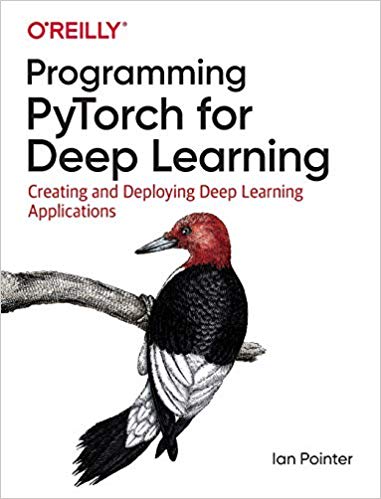


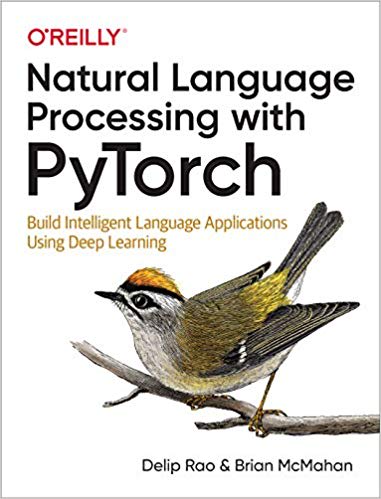
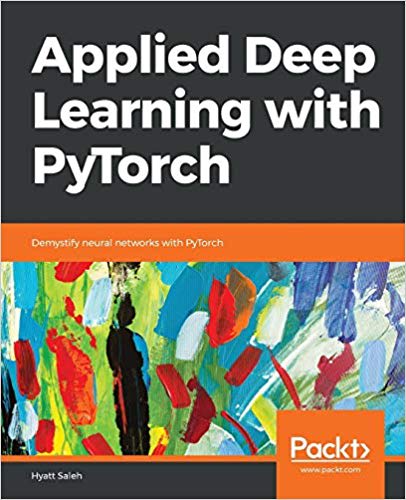
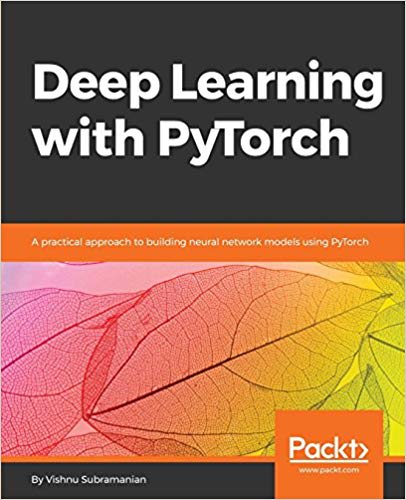
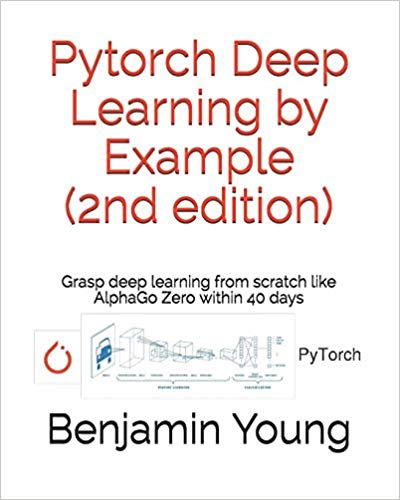
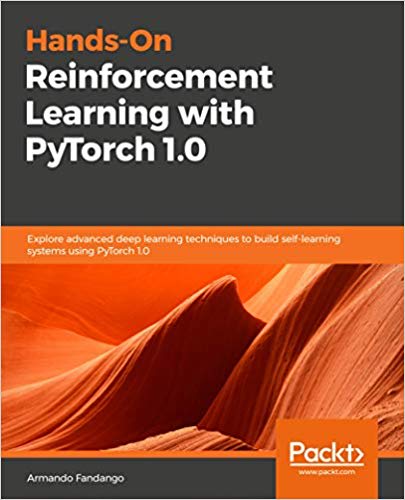
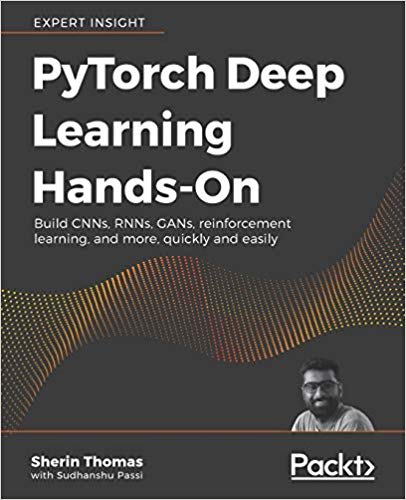


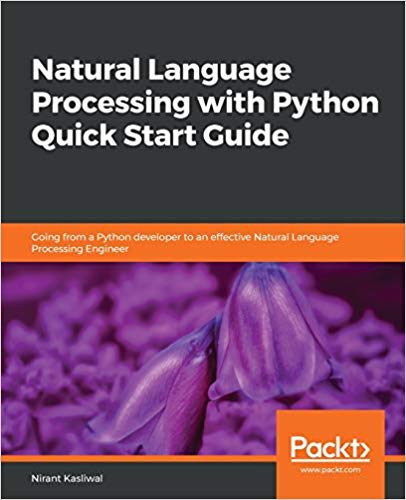
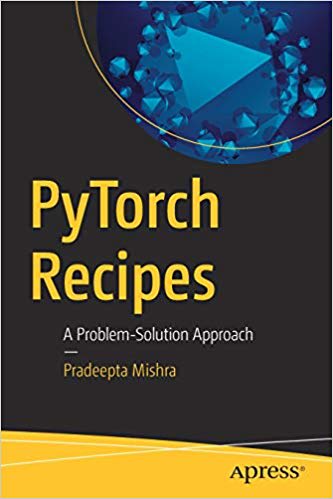
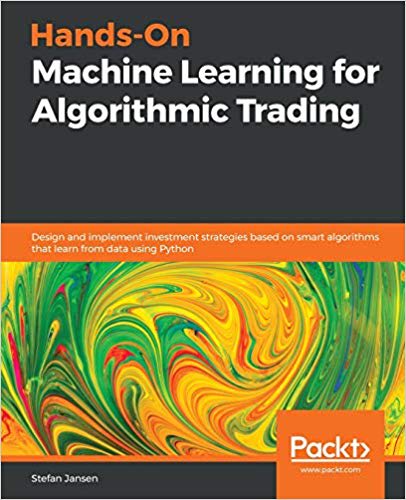
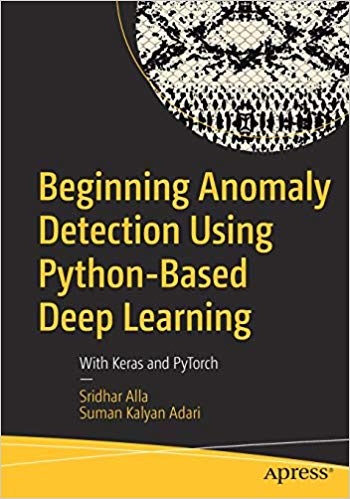





Top comments (1)
Thanks for introducing books. It will be very beneficiant for everyone from beginner to advanced.